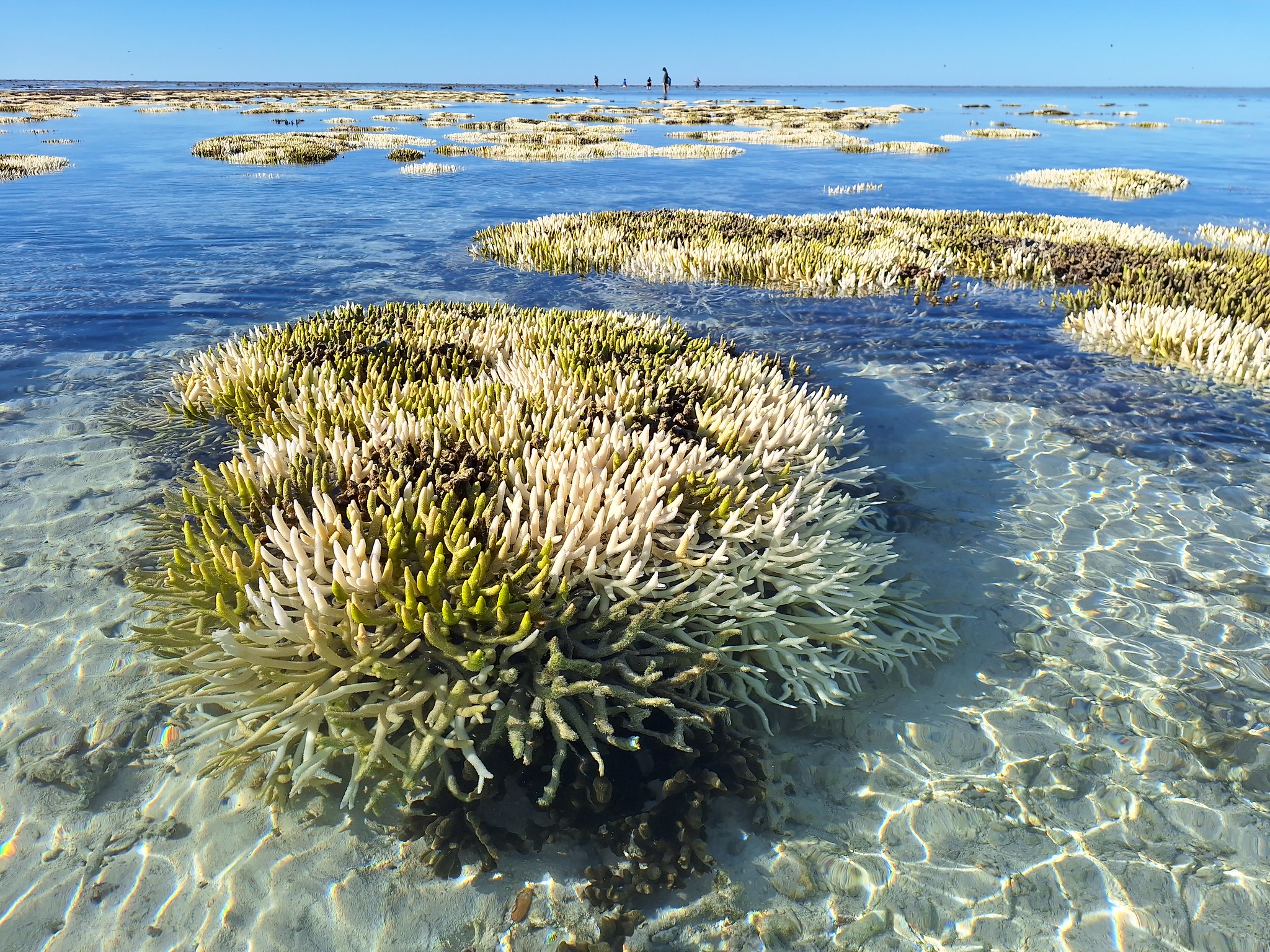Excerpt:
Rising sea temperatures around the planet have caused a bleaching event that is expected to be the most extensive on record.
The world’s coral reefs are in the throes of a global bleaching event caused by extraordinary ocean temperatures, the National Oceanic and Atmospheric Administration and international partners announced Monday.
It is the fourth such global event on record and is expected to affect more reefs than any other. Bleaching occurs when corals become so stressed that they lose the symbiotic algae they need to survive. Bleached corals can recover, but if the water surrounding them is too hot for too long, they die.
Coral reefs are vital ecosystems: limestone cradles of marine life that nurture an estimated quarter of ocean species at some point during their life cycles, support fish that provide protein for millions of people and protect coasts from storms. The economic value of the world’s coral reefs has been estimated at $2.7 trillion annually.
For the last year, ocean temperatures have been off the charts.
Substantial coral death has been confirmed around Florida and the Caribbean, particularly among staghorn and elk horn species, but scientists say it’s too soon to estimate what the extent of global mortality will be.
To determine a global bleaching event, NOAA and the group of global partners, the International Coral Reef Initiative, use a combination of sea surface temperatures and evidence from reefs. By their criteria, all three ocean basins that host coral reefs — the Pacific, Indian and Atlantic — must experience bleaching within 365 days, and at least 12 percent of the reefs in each basin must be subjected to temperatures that cause bleaching.
Currently, more than 54 percent of the world’s coral area has experienced bleaching-level heat stress in the past year, and that number is increasing by about 1 percent per week, Dr. Manzello said.
He added that within a week or two, “this event is likely to be the most spatially extensive global bleaching event on record.”
Each of the three previous global bleaching events has been worse than the last. During the first, in 1998, 20 percent of the world’s reef areas suffered bleaching-level heat stress. In 2010, it was 35 percent. The third spanned 2014 to 2017 and affected 56 percent of reefs.
The current event is expected to be shorter-lived, Dr. Manzello said, because El Niño, a natural climate pattern associated with warmer oceans, is weakening and forecasters predict a cooler La Niña period to take hold by the end of the year.
Bleaching has been confirmed in 54 countries, territories and local economies, as far apart as Florida, Saudi Arabia and Fiji. The Great Barrier Reef in Australia is suffering what appears to be its most severe bleaching event; about a third of the reefs surveyed by air showed prevalence of very high or extreme bleaching, and at least three quarters showed some bleaching.
“I do get depressed sometimes, because the feeling is like, ‘My God, this is happening,’” said Ove Hoegh-Guldberg, a professor of marine studies at the University of Queensland who published early predictions about how global warming would be catastrophic for coral reefs.
“Now we’re at the point where we’re in the disaster movie,” he said…









